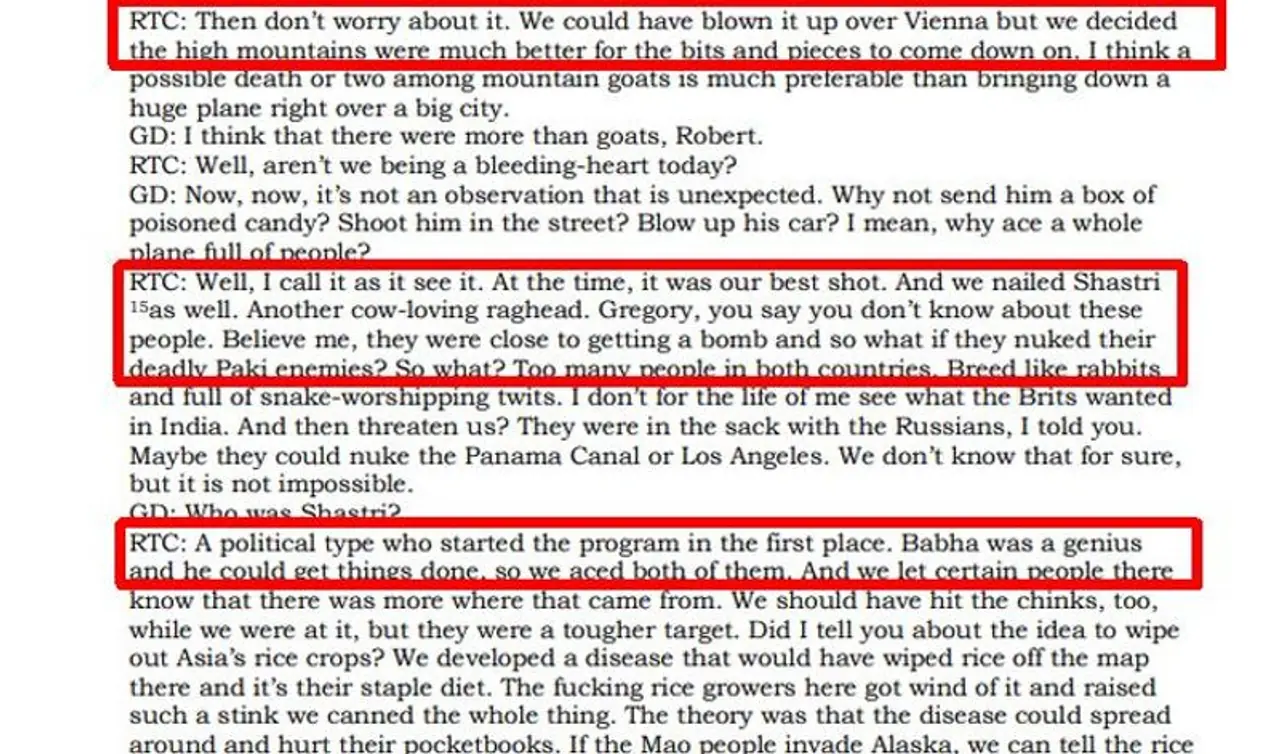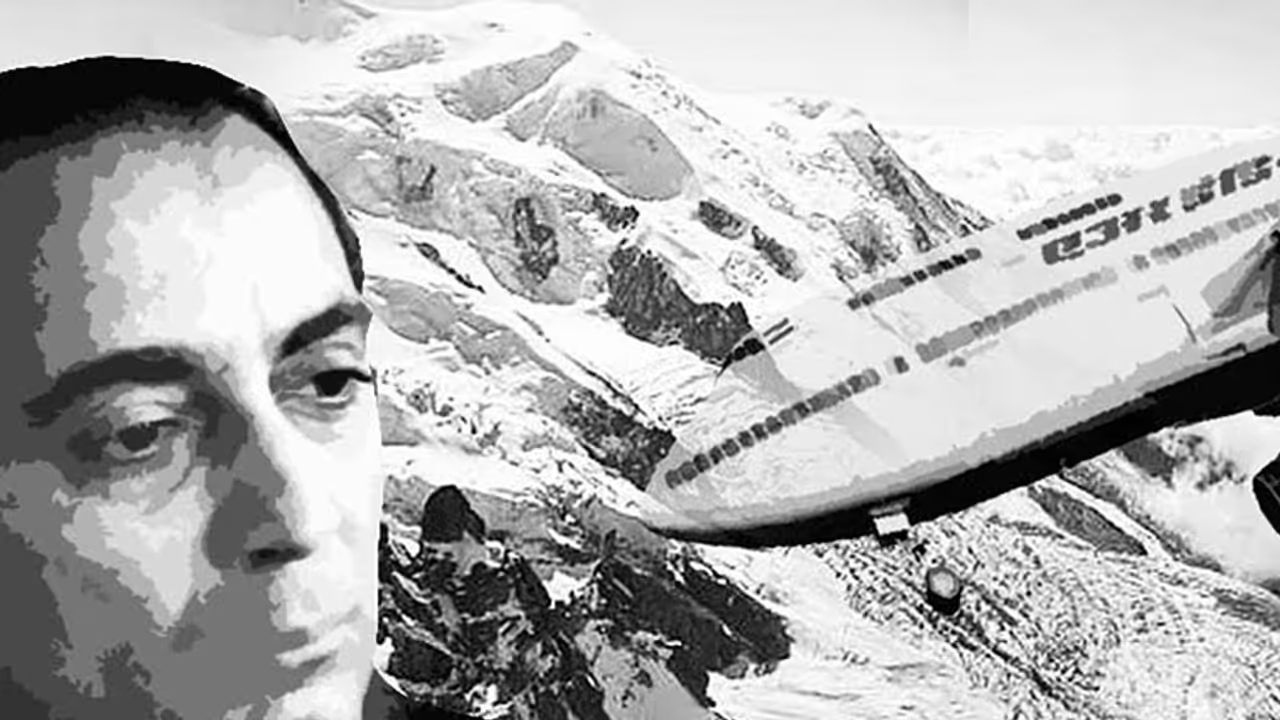The crash of Air India Boeing 707 named 'Kanchenjanga' on the French summit of Mont Blanc on 24 January 1966 is still shrouded in mystery. But if one were to go by what CIA officer Robert T Crowley reportedly told journalist Gregory Douglas, it is evident who was behind the plane going down.
A little over 26 years ago, the lid was blown over a conspiracy against India that involved one of its brightest scientists, Homi J Bhabha, being killed along with 116 others who were collateral in a plane crash allegedly orchestrated by the US Central Intelligence Agency in 1976.

The crash of Air India Boeing 707 named 'Kanchenjanga' on the French summit of Mont Blanc on 24 January 1966 is still shrouded in mystery. But if one were to go by what then second in command of the CIA's Directorate of Operations, Robert T Crowley reportedly told journalist Gregory Douglas, it is evident who could have been behind the plane going down.
Also Read: India@75: The unknown story of women freedom fighters from Assam
In his book, 'Conversations with the Crow', Douglas shared his interview with Crowley in which the latter brags about bringing peace to the agency that had trouble with India in the 1960s.

'They were getting into the bed with the Russians... And we did not want them to have any kind of nuclear weaponry because God knows what they would have done with it. Their head expert (Bhabha) was fully capable of building a bomb and we know just what he was up to. He was warned several times, but what an arrogant p**** that one was. Told our people to **** off and made it clear that no one would stop him and India from getting nuclear parity with the big boys,' Crowley apparently said.
The conspiracy starts unravelling when he narrates how a bomb went off in the cargo hold of the Boeing 707 Air India aircraft in which Bhabha was travelling to Vienna. This contradicts the official version that blamed a pilot error for the aircraft's crash.
He said, 'We could have blown it up over Vienna, but we decided that the high mountains were much better for the bits and pieces to come down. I think a possible death or two among mountain goats is much preferable than bringing down a huge plane right over a big city.'
Also Read: India@75: Group of revolutionary women who took arms against the British empire
When asked whether there was a need to have such a collateral loss of lives, the CIA officer justified the action by saying, '... they were close to getting a bomb'.
'Bhabha was a genius, and he could get things done, so we aced both of them,' he said.
Wondering what Crowley meant when he said "both"? The other Indian he is referring to is Lal Bahadur Shastri. By his own admission, Crowley said that the CIA "nailed" Shastri, who "started the country's nuclear programme in the first place". To recall, controversy shrouds the demise of Shastri, India's third Prime Minister, on January 11, 1966, after he and Pakistani President Muhammad Ayub Khan signed the Tashkent Declaration. Shastri died, supposedly of a heart attack, at 1:32 AM.
Crowley's remarks about the CIA's role in getting both Bhabha and Shastri killed sound believable if one takes the sequence of events is taken into account.
For just months before his death in the plane crash in October 1965, Bhabha had announced over the radio that the country had the capability to build its own nuclear bomb in 18 months and that all he needed was a go-ahead.
Bhabha's death could not prevent the CIA from stopping India's nuclear ambitions even though its pace had slowed down. India went on to test its first atomic bomb -- the smiling Buddha -- in Rajasthan's Pokharan on May 18, 1974.
